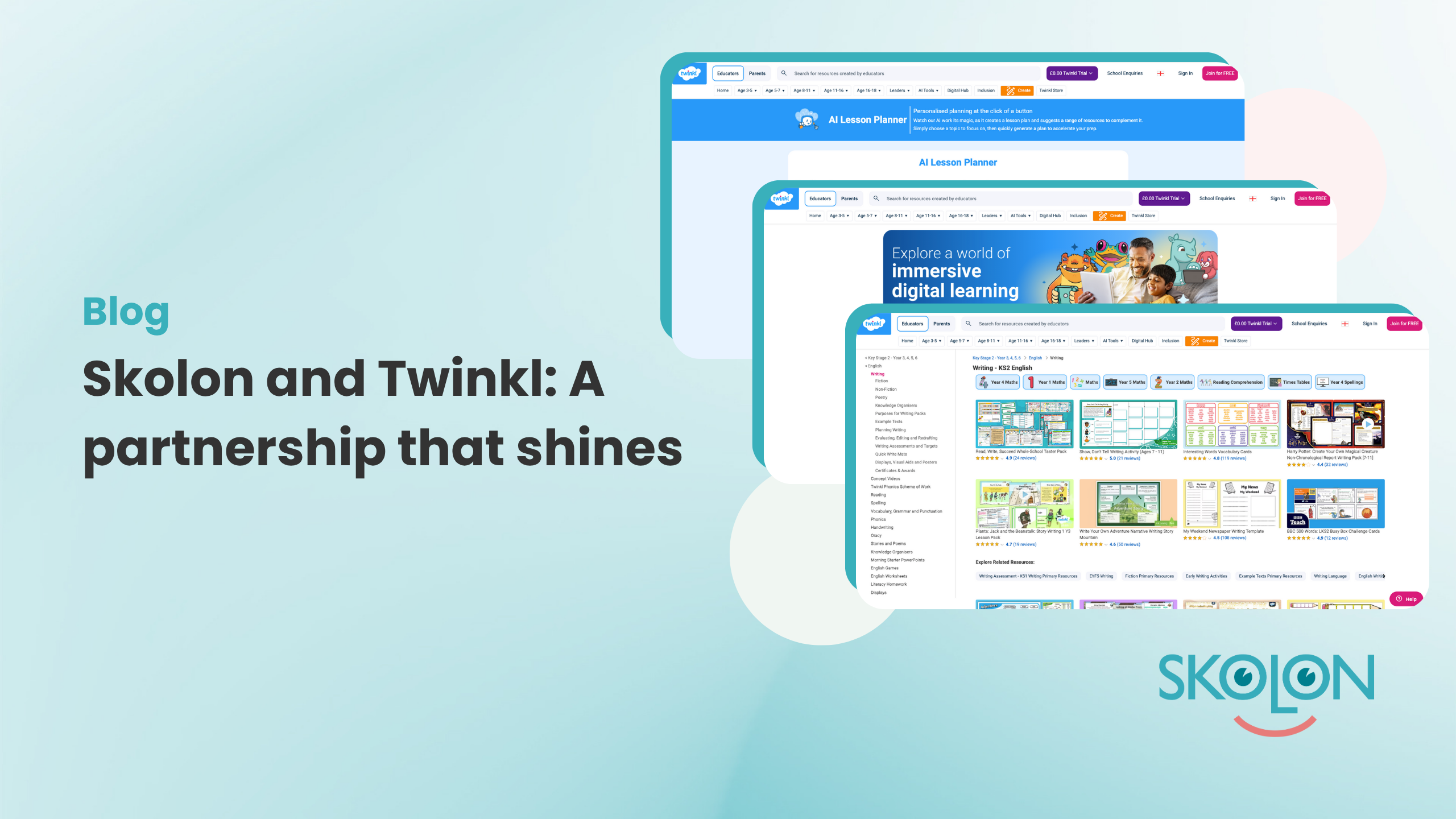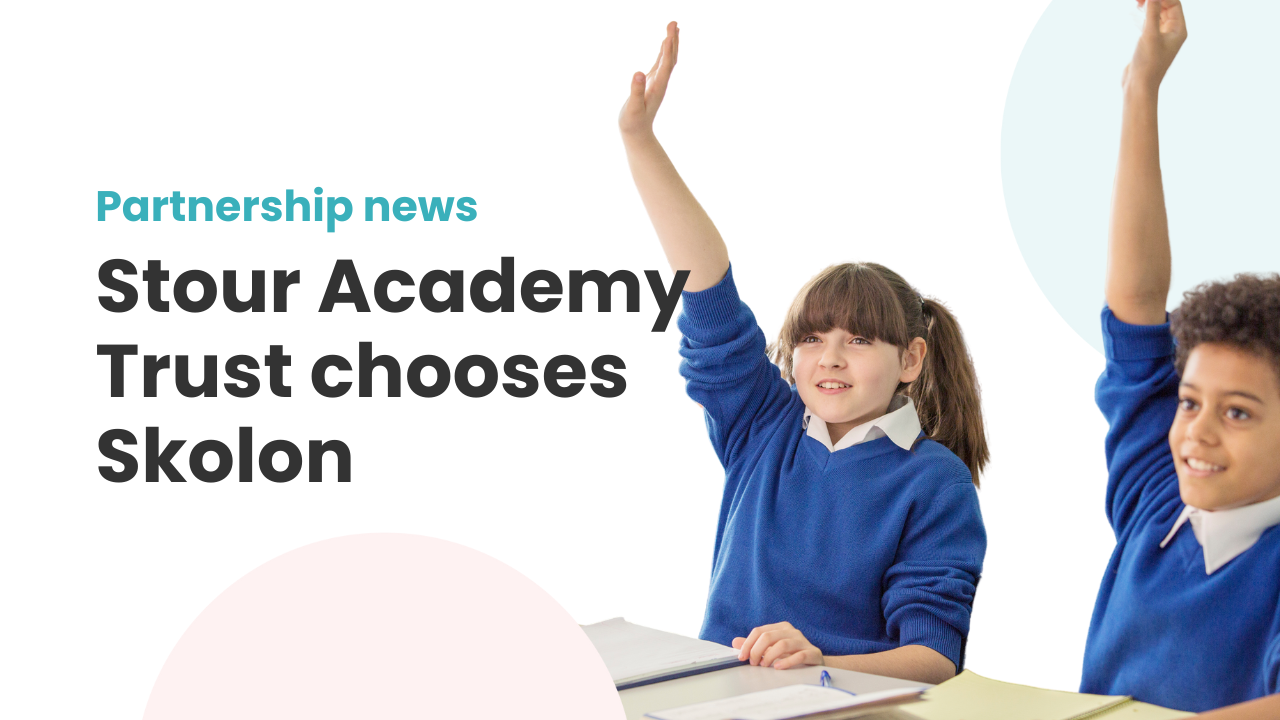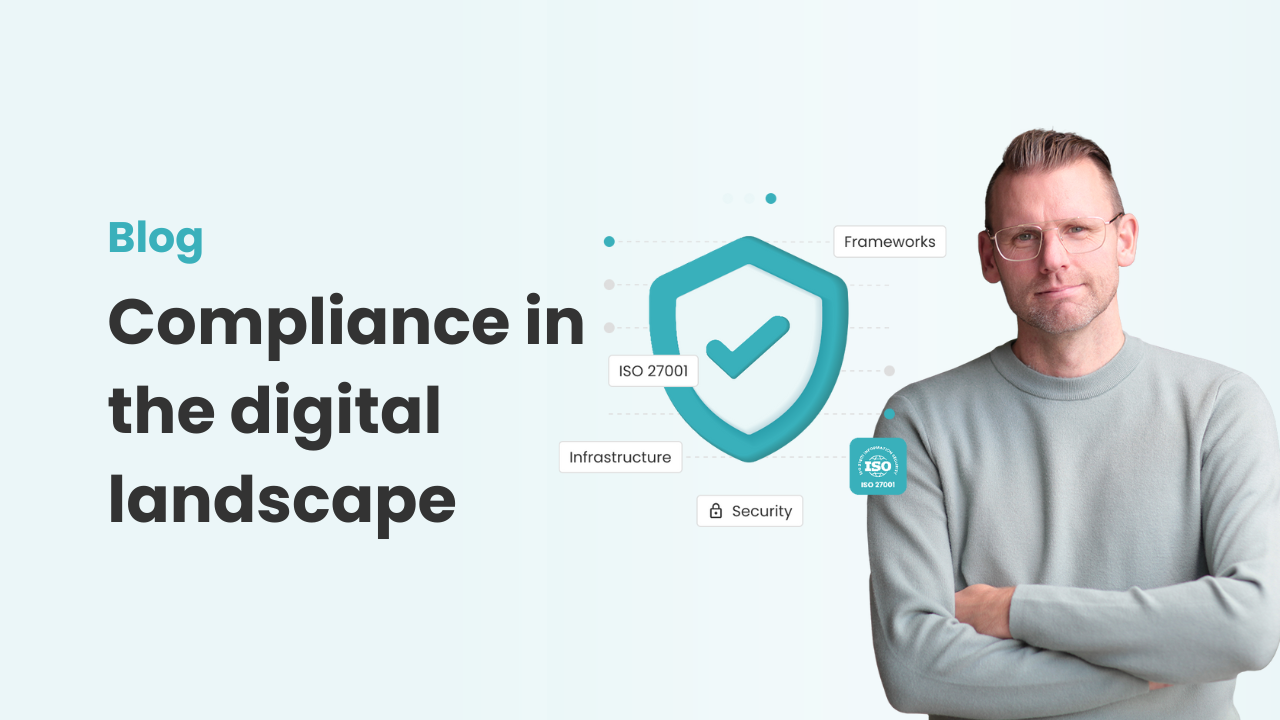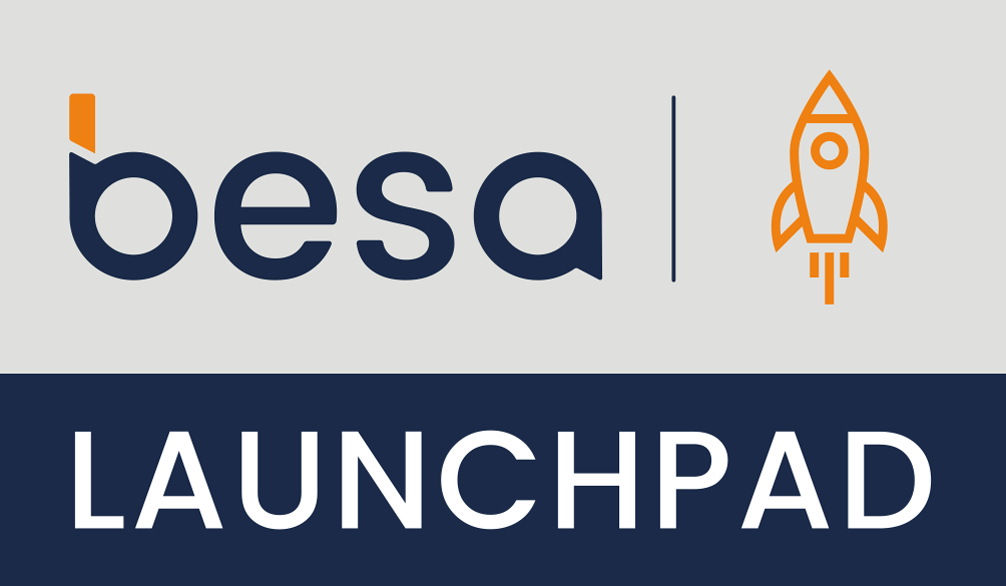Back to basics: Defining your digital strategy for success


We recently hosted our Back to Basics webinar, exploring how schools and multi-academy trusts (MATs) can shape or refine their digital strategy. Hosted by Francesca Russell-King, the session shared practical advice for building a successful digital roadmap. Missed it? Here are the highlights.
Tackling the digital divide
We kicked off the webinar by discussing the national issue of digital exclusion, as highlighted in the government’s new digital inclusion plan. From lack of internet access and devices to digital skills gaps, these barriers significantly impact health, employment, and education.
A clear digital strategy helps address this in education, offering better outcomes and ensuring all learners are included. With the Department for Science, Innovation and Technology (DSIT) pushing for wider digital skills, schools must follow suit.
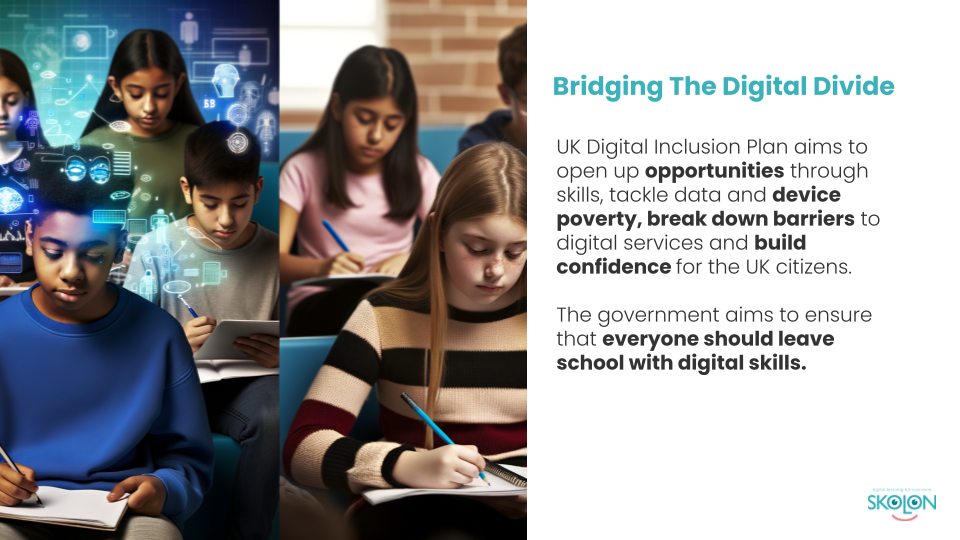
LEO Academy Trust: A model for digital transformation
We reviewed the PedTech Impact Report from LEO Academy Trust. Key findings included:
- Student attainment rose by 14–23%, surpassing national averages.
- Greater depth of learning occurred at three times the national average.
- Classroom efficiency improved by 23%.
- Digital proficiency, with 75% of staff certified in digital skills..
- Greater equity as children from disadvantaged backgrounds outperformed national average by more than 6%
- SEN register decreased as pupils required less additional support due to personalised tech access.
This shows that well-planned digital strategies boost both equity and outcomes.
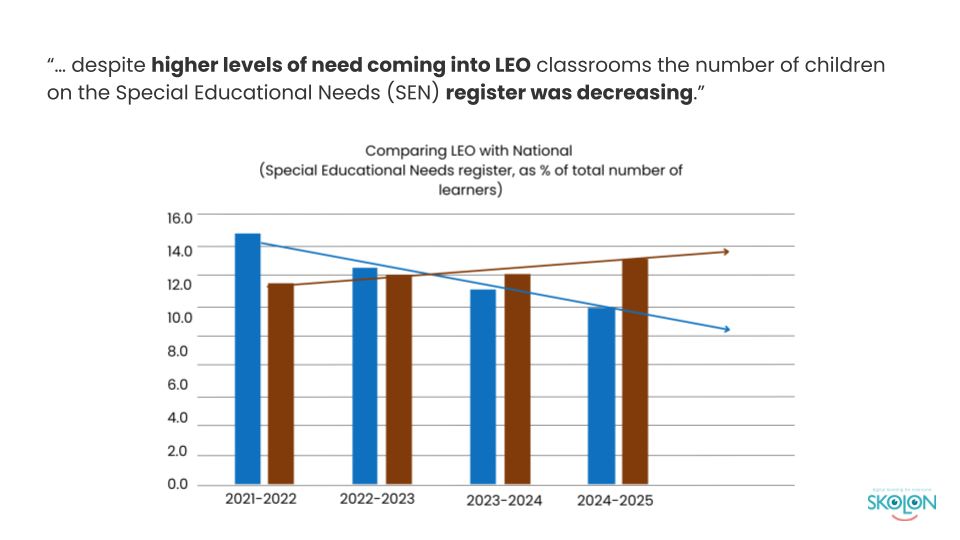
The nine pillars of a successful digital strategy (plus one!)
- Educational vision – Align your strategy with your trust’s values and goals.
- Teaching and learning – Use tech to support pedagogy, access, and feedback.
- Infrastructure and systems – Reliable internet, devices, and cloud solutions are key.
- Cyber security and data protection – Prioritise GDPR and safeguarding compliance.
- Staff CPD and digital leadership – Offer training and build digital confidence.
- Student access and inclusion – Bridge the digital divide with personalised learning.
- Budget and procurement – Buy smart, centralise and reduce duplication across the trust.
- Monitoring and impact – Track usage, measure impact, and close feedback loops.
- Stakeholder engagement – Involve parents, governors, and staff from the outset.
+1: Artificial intelligence – While not a pillar, AI must be embedded into your strategy. From safe usage to tool selection, schools need clarity, training, and governance around AI.
Simplifying digital management with Skolon
Throughout the webinar, we explored how Skolon helps streamline digital strategies:
- Single sign-on and QR login – Easy, secure access for staff and students.
- Teaching support – Integrates with your existing learning platforms.
- Infrastructure integration – Links to your MIS and other core systems.
- Data protection – Complies with GDPR and includes advanced privacy features.
- Smart procurement – Centralised purchasing and visibility of tool usage.
- Evaluation tools – Usage metrics for school leaders and educators.
- Centralised admin – Manage licences, policies, and users in one place.To catch up with this webinar, click here.
What’s next?
We closed with a look ahead to our next webinar on 6th May, focused on safeguarding in digital learning – from data protection to secure access.
Thanks to everyone who joined us. We’ll be sharing resources from the session soon. If you’d like to discuss how Skolon can support your digital goals, get in touch using the button below.
This is Skolon – we gather the best digital educational tools and make them work in the classroom.
Skolon is an independent platform for digital educational tools and learning resources, created for both teachers and students. With Skolon, accessing and using your digital educational tools is easy – security increases, administration decreases, and there’s more time for learning.
The digital educational tools come from both small and large providers, all of whom have one thing in common – they create digital educational tools that are beneficial for the school environment.
Information
Share this story
Subscribe
Would you like our newest articles delivered to your inbox? Sign up now!
We recently hosted our Back to Basics webinar, exploring how schools and multi-academy trusts (MATs) can shape or refine their digital strategy. Hosted by Francesca Russell-King, the session shared practical advice for building a successful digital roadmap. Missed it? Here are the highlights.
Tackling the digital divide
We kicked off the webinar by discussing the national issue of digital exclusion, as highlighted in the government’s new digital inclusion plan. From lack of internet access and devices to digital skills gaps, these barriers significantly impact health, employment, and education.
A clear digital strategy helps address this in education, offering better outcomes and ensuring all learners are included. With the Department for Science, Innovation and Technology (DSIT) pushing for wider digital skills, schools must follow suit.

LEO Academy Trust: A model for digital transformation
We reviewed the PedTech Impact Report from LEO Academy Trust. Key findings included:
- Student attainment rose by 14–23%, surpassing national averages.
- Greater depth of learning occurred at three times the national average.
- Classroom efficiency improved by 23%.
- Digital proficiency, with 75% of staff certified in digital skills..
- Greater equity as children from disadvantaged backgrounds outperformed national average by more than 6%
- SEN register decreased as pupils required less additional support due to personalised tech access.
This shows that well-planned digital strategies boost both equity and outcomes.

The nine pillars of a successful digital strategy (plus one!)
- Educational vision – Align your strategy with your trust’s values and goals.
- Teaching and learning – Use tech to support pedagogy, access, and feedback.
- Infrastructure and systems – Reliable internet, devices, and cloud solutions are key.
- Cyber security and data protection – Prioritise GDPR and safeguarding compliance.
- Staff CPD and digital leadership – Offer training and build digital confidence.
- Student access and inclusion – Bridge the digital divide with personalised learning.
- Budget and procurement – Buy smart, centralise and reduce duplication across the trust.
- Monitoring and impact – Track usage, measure impact, and close feedback loops.
- Stakeholder engagement – Involve parents, governors, and staff from the outset.
+1: Artificial intelligence – While not a pillar, AI must be embedded into your strategy. From safe usage to tool selection, schools need clarity, training, and governance around AI.
Simplifying digital management with Skolon
Throughout the webinar, we explored how Skolon helps streamline digital strategies:
- Single sign-on and QR login – Easy, secure access for staff and students.
- Teaching support – Integrates with your existing learning platforms.
- Infrastructure integration – Links to your MIS and other core systems.
- Data protection – Complies with GDPR and includes advanced privacy features.
- Smart procurement – Centralised purchasing and visibility of tool usage.
- Evaluation tools – Usage metrics for school leaders and educators.
- Centralised admin – Manage licences, policies, and users in one place.To catch up with this webinar, click here.
What’s next?
We closed with a look ahead to our next webinar on 6th May, focused on safeguarding in digital learning – from data protection to secure access.
Thanks to everyone who joined us. We’ll be sharing resources from the session soon. If you’d like to discuss how Skolon can support your digital goals, get in touch using the button below.
This is Skolon – we gather the best digital educational tools and make them work in the classroom.
Skolon is an independent platform for digital educational tools and learning resources, created for both teachers and students. With Skolon, accessing and using your digital educational tools is easy – security increases, administration decreases, and there’s more time for learning.
The digital educational tools come from both small and large providers, all of whom have one thing in common – they create digital educational tools that are beneficial for the school environment.
Share this story
Subscribe
Would you like our newest articles delivered to your inbox? Sign up now!

